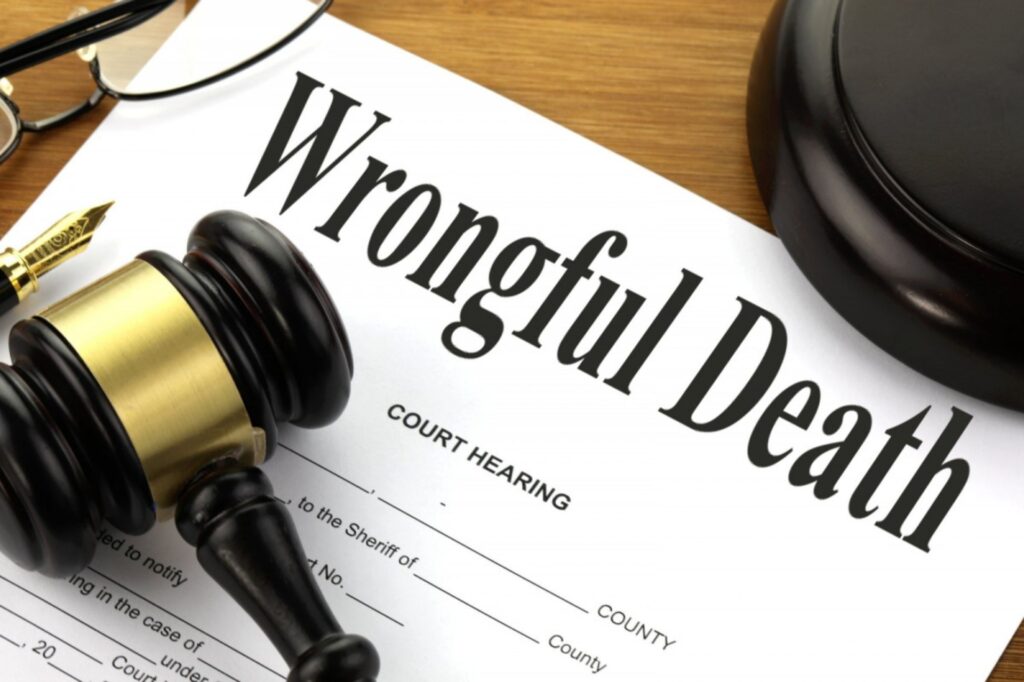Now Reading: The Two Main Roles in Any Lawsuit, Explained Simply
-
01
The Two Main Roles in Any Lawsuit, Explained Simply

The Two Main Roles in Any Lawsuit, Explained Simply
When most people think of a lawsuit, they often picture an exciting scene with attorneys arguing, objecting, and finally, a judge issuing a verdict.
However, at the core of every legal dispute, no matter how complex, are two basic legal actors: the defendant and the plaintiff. Knowing who these individuals are and what each of them takes care of can make it easier to understand how lawsuits work, even if you’re not considering filing one but just want to follow a case in the news.
These functions form the basis of any civil legal dispute.
The Plaintiff
The plaintiff is the party that initiates the lawsuit. This refers to the individual who has suffered wrongdoing or harm and is seeking compensation or a legal remedy. Whether it is someone injured in a car accident, the owner of a business saying someone has violated a contract, or a tenant suing a landlord, it is the plaintiff who files suit.
A lawsuit begins when the plaintiff files a complaint with the court. The document details their version of events, what happened, why they believe the defendant is at fault, and what they would like the court to do about it. It is usually some monetary compensation or a court order for the defendant to do or stop doing something.
That said, understanding the roles of the defendant and plaintiff is key to grasping how civil litigation works, as each has distinct responsibilities in the legal process. The plaintiff also has the burden of proof, which means that it’s their responsibility to bring evidence and legal arguments to support their claim. If they don’t, they won’t prevail in court, even if they feel wronged.
The Defendant
The defendant is the individual or entity being sued. They are the ones answering the plaintiff’s list of claims and representing themselves in court. Defendants can be an individual, corporation, government agency, or other legal entity that has been alleged to have harmed the claimant and violated the law.
Upon the filing of the complaint, the defendant is formally notified of the charges against him or her and is afforded a limited time to respond. That response, which is also called an “answer” to the complaint, ordinarily includes a denial of the plaintiff’s allegations, possible affirmative defenses, and, in some cases, a counterclaim against the plaintiff.
It is the defendant’s job to dispute the plaintiff’s story and present reasons why they should not be liable for the harm.
Alternatively, the defendant may also attempt to reach a settlement with the plaintiff before going to trial. If settlement is not achieved, the defendant will be required to litigate the case; this means complying with depositions, attending hearings, and potentially a trial. The defendant may be required to produce documents, answer questions, and testify in court, just as the plaintiff is.
Although it is the plaintiff’s responsibility to meet their burden of proof, a defendant plays a pivotal role in defending their rights and providing their side. A strong defense can result in the case being dismissed or a verdict for the defendant.
Take Away
Every lawsuit has two main players: the plaintiff and the defendant. Those positions allow for everything that follows, including filing the legal paperwork and making the case in court.
The plaintiff is the pursuer of justice, and the defendant is the refuter of that demand. Whether you’re in the seat of a courtroom spectator, contemplating taking legal action, or just wanting a glimpse of how the legal process works, understanding who does what in a lawsuit makes the process more transparent.
Ultimately, all lawsuits are legal narratives with a beginning, middle, and end and two sides: one that alleges something and the other that responds.








